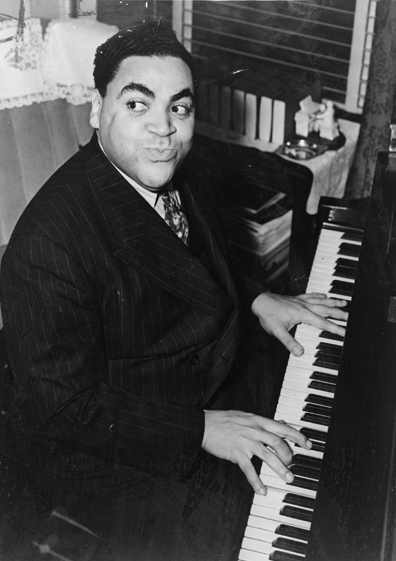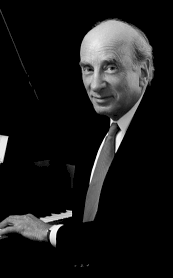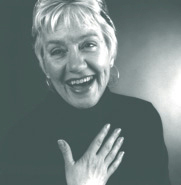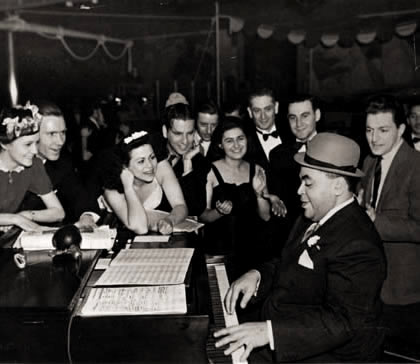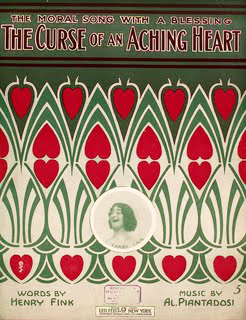Thomas 'Fats' Waller earned his reputation in the 1920s as one of the greatest of the 'stride' pianists. He became widely respected as the composer of nearly 400 popular songs, some of which—like "Ain't Misbehavin'" and "Honeysuckle Rose"—are frequently performed and recorded today.
In 1932 in the middle of the Great Depression, RCA Victor introduced the Bluebird label. Bluebird's records were priced at an affordable 35 cents apiece for two tracks of music. From 1934 to 1942 Fats Waller recorded hundreds of these 78 rpm discs for Bluebird with the six-piece combination, Fats Waller and his Rhythm.
This week our radio show explores the Fats Waller Bluebird Sessions. Joining The Jim Cullum Jazz Band are master pianist Dick Hyman and West Coast vocalist Rebecca Kilgore.
Fats' blend of hot, rhythmic piano playing and hi-jinx tomfoolery clicked with the public. Many of his Bluebird records sold in the millions. Fats' son, Maurice Waller, explained how his father's style on the Bluebird Sessions evolved: "By 1935 Waller fans were buying the records just to see what the 'funny man' would add to the song. Records were selling so fast that the company had pulled them off the road to do a day's recording. On the list of material Victor management handed the band was "I'm On a See Saw," a song detested by my father. He objected to doing the number, but the company's decision prevailed. Forced to do material he so disliked, Dad resorted to one of his WLW radio tricks, satirizing the lyrics as he sang them. Ironically, the comic interpretations made the discs best sellers."
Fats Waller and his Rhythm was primarily a studio band. Waller's genius and wit carried the band, enabling them to record as many as ten sides in a single day. Rarely did band members know in advance which tunes they would be recording.
This chaotic approach succeeded in part because of consistency in core personnel. The small ensemble usually included Herman Autrey on trumpet, Eugene Sedric on clarinet and Al Casey on guitar. The chaos no doubt contributed to the spontaneity which characterized many of the Rhythm's Bluebird recordings. In spite of the lack of rehearsal and the sheer volume of their recorded output, Fats and his Rhythm produced and maintained an amazingly consistent level of high quality.
Photo credit for Home Page: 1939 Bluebird Records 78rpm. Image courtesy Retro Today at flickr.com.
Text based on Riverwalk Jazz script by Margaret Moos Pick ©2009


